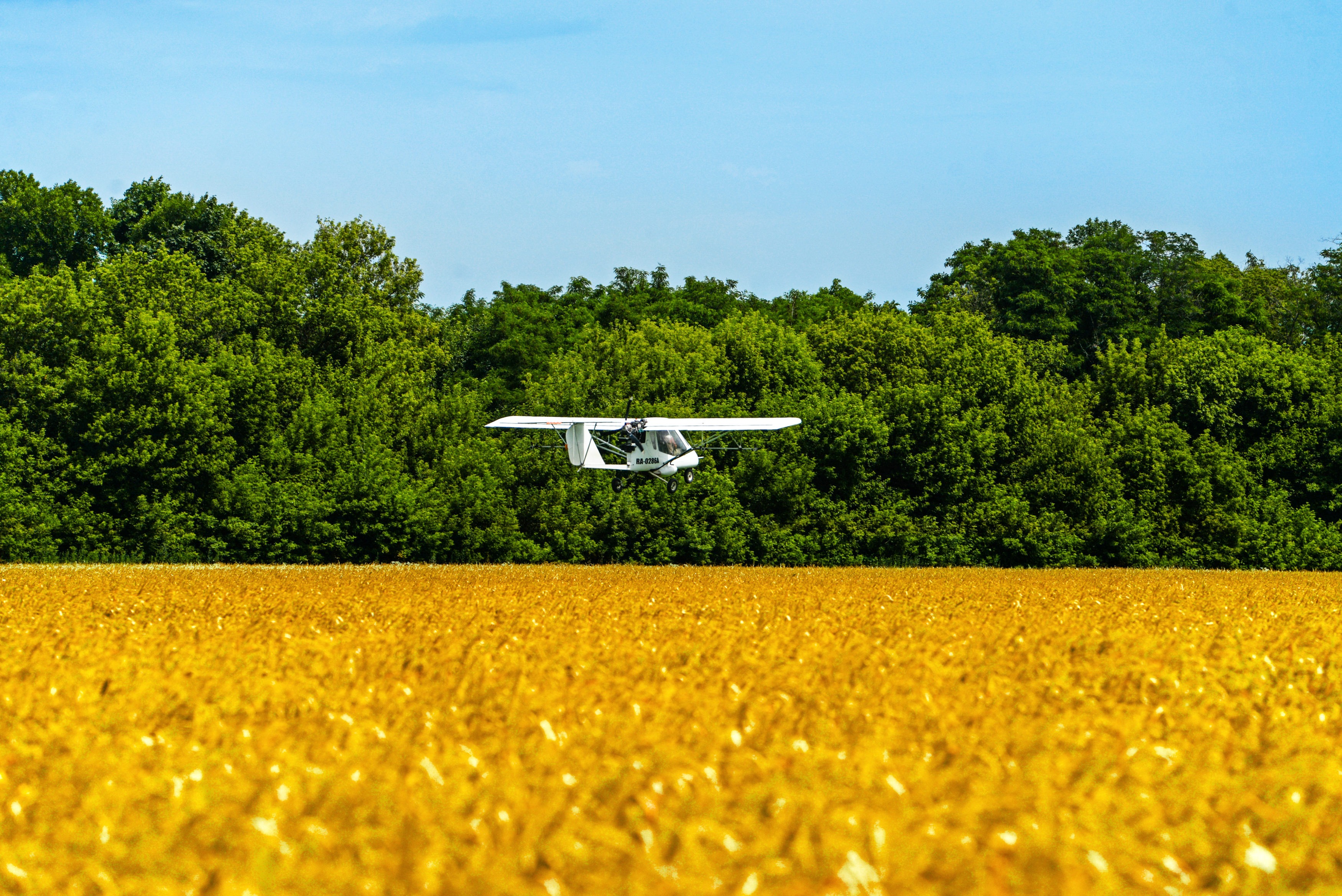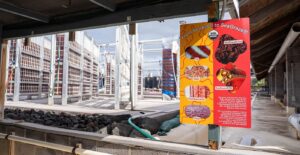Remote-sensing-based farm management software platform Mavrx announced today that it would be making the fundamentals of its platform free of charge to all users.
Mavrx provides a visual intelligence platform that uses field imagery and machine learning to analyze crop growth patterns. The platform uses publicly available satellite imagery and in some cases, ultra-high-resolution imagery from planes to helps farmers assess potential problem areas and significantly reduce manual field scouting.
The new pricing scheme means that satellite imaging, satellite-based crop health tracking, and Mavrx’s mobile app for scouting and tissue and soil-sampling will be free. Management zone creation and product prescription writing will also be free.
Essentially, any capabilities that Mavrx offers on the back of satellite imagery, as well as the imagery itself, is now free — the image granularity available for free is down to 10m. Aerial flights and other custom solutions are where paid services will really kick in. If ag retailers are working with growers on small field trials, for example, that’s when they would need premium service to get to 12cm granularity.
Mavrx has a network of 100 aircraft pilots to monitor corn, soy, and wheat production in the US. It also works in the Canada, Brazil, South Africa, Russia, Australia, New Zealand, and Argentina monitoring corn, soybeans, wheat, cotton, sugarcane, and potatoes.
According to the company, several days after soft launching the new pricing strategy with existing customers and partners, Mavrx doubled its unique acres monitored in 2018 to 31 million.
New Strategy, New Customers
Mavrx founder Max Bruner said that the change isn’t necessarily about boosting the registered user count, as one might guess. Though the company’s core customer base remains ag retailers and therefore growers as well, Bruner told AgFunderNews that the shift is more of a decision to pave the way for more custom and ‘white label’ requests in the future from a more diverse set of clients including crop insurers, banks, and private equity funds, some of which Mavrx is already working with and all of whom need quality agricultural data.
Bruner has had insurance in mind since he founded the business in 2012.
“I started the company in South Africa and after seeing 10,000 hectare farms go out of business after one drought. That was really a big moment for me when I saw this opportunity to open up access to better financial tools,” said Bruner. Since then Mavrx has raised $13 million in two rounds.
Bruner hopes that getting rid of the first hurdle in the sales process with large institutions, the “yes” that starts paid relationships, will cut down on a lengthy sales cycle and lead to faster development of tools that institutions will use, all while collecting more data.
“Instead of having them comparing us to five other tools and deciding how much they want to pay, they can start using Mavrx’s tool first and know what they want from it when the premium conversion begins,” said Bruner.
He also hopes that starting at “free” will help ag retailers “sell” the product faster and get more out of it.
“Now it’s easier for them to push out our product and get their workforce trained. That enables them to sell our product and its then easier for them to buy aerial imagery. You have to get an organization to adopt and to train their workforce. That’s the barrier to the next big check,” he said.
The Value of Free
In light of Mavrx’s announcement, AgFunderNews asked several other digital ag startup founders about the power and the drawbacks of free offerings – though not regarding Mavrx specifically.
Digital products outside of agriculture are of course no stranger to free offers — free apps with in-app purchases are the norm in Apple’s iTunes store. But aside from the product itself, the pricing strategy around when the free offerings stop and payment is required can affect the customer’s opinion of the product with equal weight.
“Free is not a sustainable differentiator, it’s an offer that must have clear benefits for testing in a price elastic or skeptical marketplace,” said Steve Sibulkin, CEO of Agronomic Technology Corp, an agricultural field modeling company for soil, water, crops, and fertilizer.
“Free” can start a relationship faster, said Sibulkin, but it can’t sustain one, and for farmers with finite growing seasons per year, it can sting if the product doesn’t deliver.
“A key bottleneck in many new categories is getting a user or prospect to take the first step of engagement. If the underlying solution is compelling a free or low-cost offer, great. If the underlying solution isn’t, then you’ve accelerated your demise. In other words, free is too expensive if it the product doesn’t work,” said Sibulkin.
Crop forecasting startup Vinsight CEO Megan Nunes said that free offerings have not led her company, which relies heavily on remote sensing data, to good results in the past because they require so little commitment from the user.
“Anytime we’ve given something away for free, adoption has been more difficult than if it’s paid. I don’t know if that’s because once they’ve decided to spend money on it, then they take it seriously,” she said.
Both Nunes and Igor Ivanov, founder of remote sensing startup Gamaya, both said that especially in field imagery, satellite images are a commdity, so only the value of imagery analysis and recommendations can make a service, even a free one, valuable.
Free offerings from young startups are not uncommon. Even some very established digital ag platforms have unpaid tiers of subscription, but digital ag founders seem to agree that the devil is in the details in pricing strategy. Whether free or paid, any offer has to have real value.




